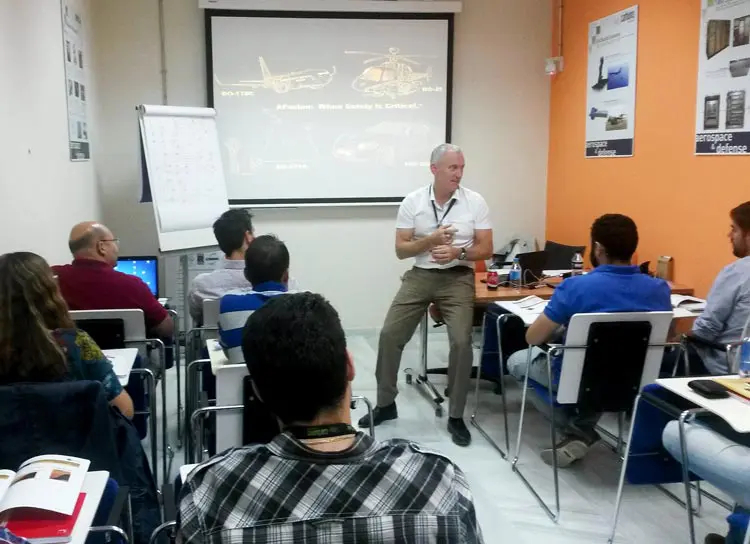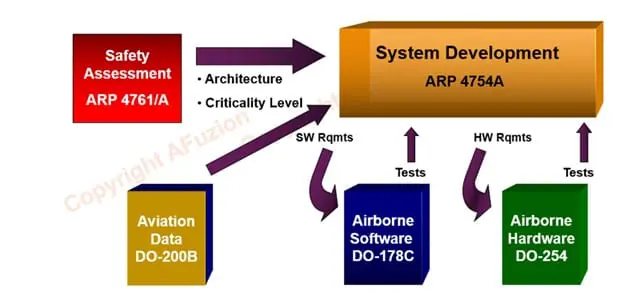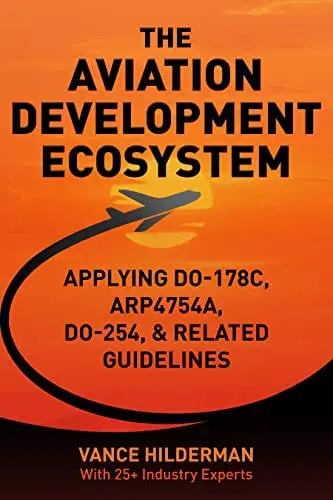ARP4754A & ARP4754B INFORMATION
Discover ARP4754A & ARP4754B Guidance
Build Your Dream
25 Years Of Undefeated Success
Lorem ipsum dolor sit amet, consectetur adipiscing elit. Pellentesque in ipsum id orci porta dapibus. Vivamus magna justo, lacinia eget consectetur sed, convallis .
512+
Successfully Project Finished.
25+
Years of experience with proud
1120+
Revenue in 2017 investment
1520+
Colleagues & counting more daily
ARP4754A & ARP4754B Training Info
ARP4754A & ARP4754B Manual
Workshop
Avionics Systems ARP4754A Training Workshop
Infusing the majority of the world’s aviation / avionics companies with knowledge, expertise, and safety-critical compliance.
Sustainability
Transform Communities Across the Globe
ARP4754A and ARP4754B require the following 8 planning topics to be addressed:
About Founders
Our Latest Works
Science Lab Building
New York, USA
Long Gate Bridge
Malmo, SE
Enix Lawyer Building
Toronto, CA
Deep Sea Bridge
Athens, GR
Whar Our Clients Say
Testimonials

Engineering Manager
Alice Howard
Lorem ipsum dolor sit amet, consectetur adipiscing elit. Ut elit tellus, luctus nec ullamcorper mattis, pulvinar dapibus leo.

Interior Designer
Nathan Marshall
Lorem ipsum dolor sit amet, consectetur adipiscing elit. Ut elit tellus, luctus nec ullamcorper mattis, pulvinar dapibus leo.

Architect
Ema Romero
Lorem ipsum dolor sit amet, consectetur adipiscing elit. Ut elit tellus, luctus nec ullamcorper mattis, pulvinar dapibus leo.

Manager
Ann Smith
Lorem ipsum dolor sit amet, consectetur adipiscing elit. Ut elit tellus, luctus nec ullamcorper mattis, pulvinar dapibus leo.
- Can a certification authority review the plans and make a determination that the defined activities could lead to provably safe development?
- Can detailed checklists for each planning activity be made by extracting information from the plans for the purpose of independently assessing corresponding development activities?
ARP4754B & ARP4761A Process Assurance Audits
Primary ARP4754B Aviation & Avionics Safety Activities
ARP4761A Functional Hazard Assessment
ARP4761A Preliminary System Safety Assessment (PSSA)
System Safety Assessment (SSA)
- Updated aircraft FTAs, system FHAs, and system FTAs
- Documentation showing item installation requirements⦁ Any material used to validate the failure condition classifications
- If necessary, revised maintenance manuals detailing new maintenance tasks aimed at reducing component exposure times
- If necessary, revised flight crew operating manuals detailing procedures to be followed in the event of certain failure conditions
Common Cause Analysis (CCA)
Request Training Course
Frequently Asked Questions
- Increased safety
- Reduced costs
- Improved compliance
- The SAE ARP4754A & ARP4754B document itself
- Training courses from Afuzion and other organizations
- Books and articles on the subject
- Safety assurance
- Life cycle development
- Software development






